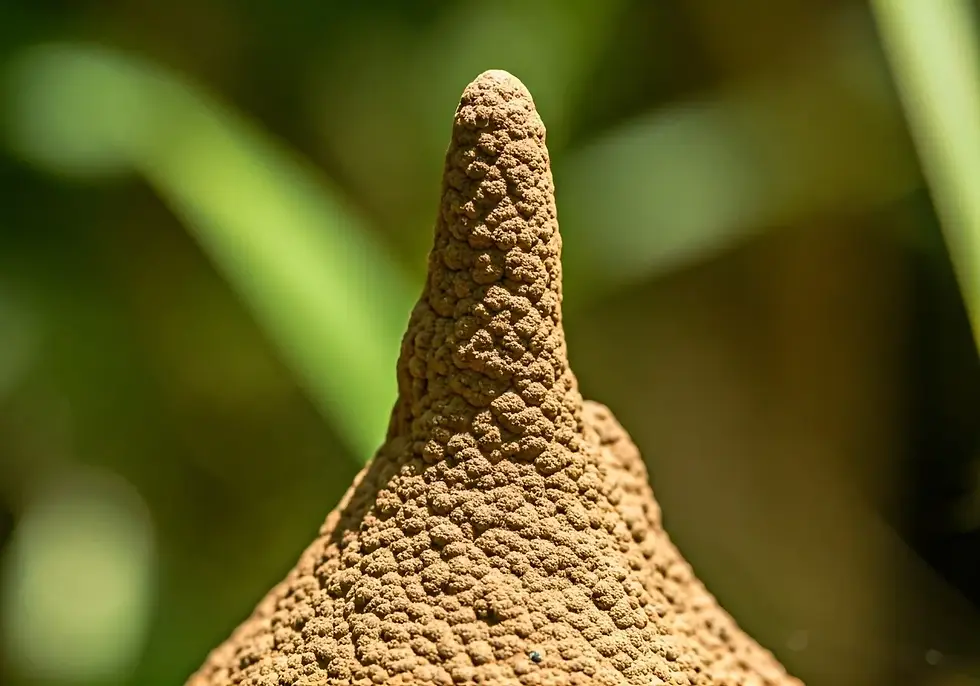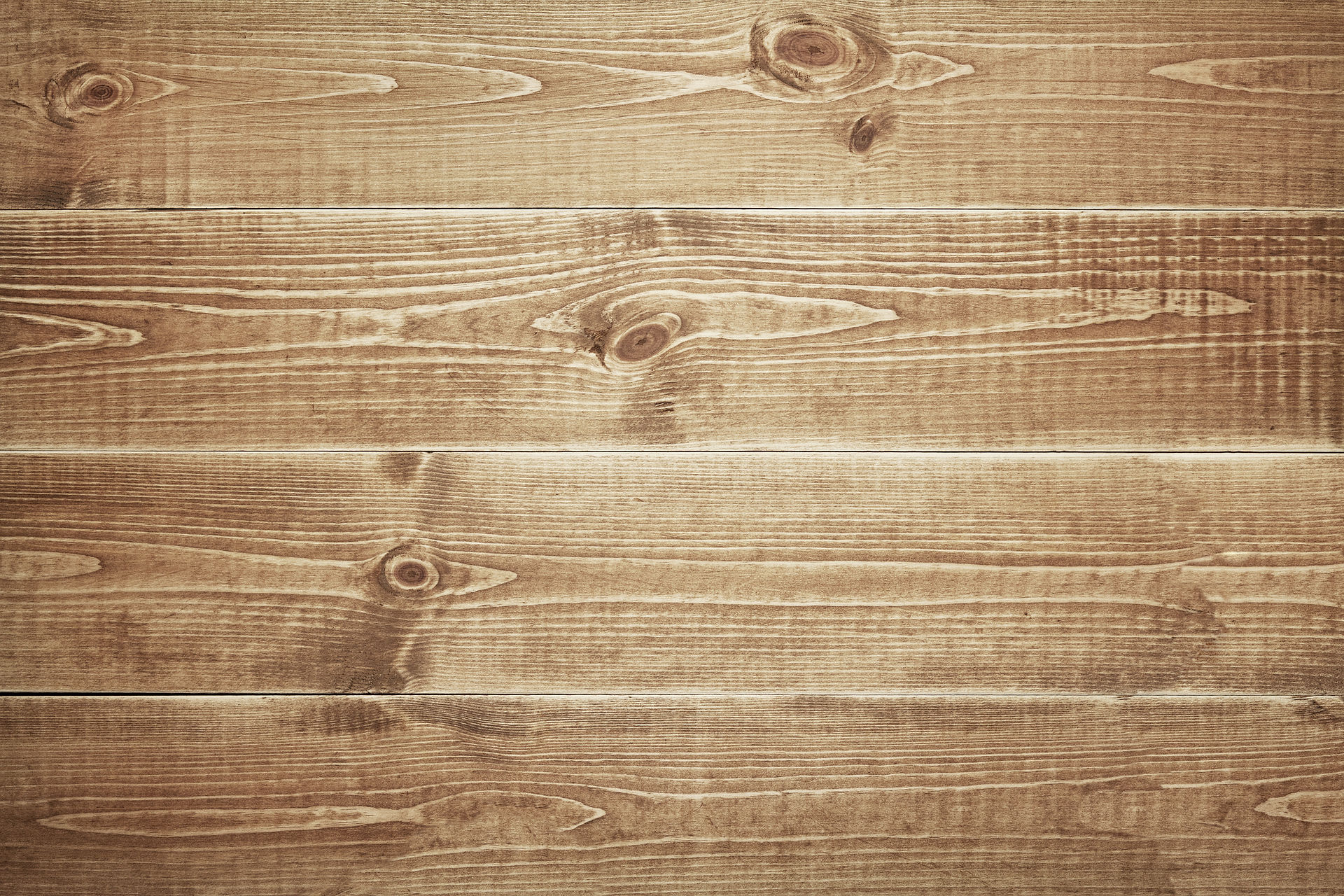Essential Guide to Termite Inspection and Prevention
- Eugene Echevarria

- Aug 11
- 3 min read
Termites might be tiny, but the damage they can cause to your home is anything but small. In this essential guide, we'll walk you through everything you need to know about termite inspection and prevention. Whether you're a seasoned homeowner or new to the world of real estate, understanding how to keep these pesky insects at bay is crucial.

Understanding the Threat of Termites
Termites are often called 'silent destroyers' because they can be secretly hiding and thriving in your house without any immediate signs of damage. Knowing the types of termites and how they operate is the first step in preventing an infestation.
The two most common types of termites are subterranean termites and drywood termites. Subterranean termites build colonies in the soil and can cause severe damage to homes by creating tunnels that lead to wooden structures. Meanwhile, drywood termites live directly within the wood they consume, making them harder to detect initially. Understanding these differences is crucial because the methods for detecting and eliminating each type can vary significantly. Research indicates that termites cause up to $5 billion in property damage annually in the United States alone, making it essential to address any risks immediately.
How to Perform a Termite Inspection
Performing regular termite inspections is crucial. We'll guide you through the process of checking both the interior and exterior of your home, highlighting key signs of termite activity to watch for.
Begin your inspection by examining the exterior foundation of your home for mud tubes, a common indicator of subterranean termites. These tubes provide a moist, protective passage between the colony and their wood food source. Indoors, look for signs like discarded wings from swarming termites or hollow-sounding wood when tapped. Keeping an eye on windowsills, basements, and areas where wood is exposed can reveal early signs of infestation.
Another crucial step in your inspection process is to explore areas with high moisture content. Bathrooms, kitchens, and laundry rooms are prime targets, as termites thrive in damp environments. Make sure to inspect behind appliances and around plumbing fixtures for signs like bubbling paint or moldy smells, which could indicate termite presence. Staying vigilant and conducting these checks bi-annually reduces the risk of infestation significantly.
Effective Termite Prevention Strategies
Preventing termites involves a mix of natural and chemical strategies. Learn how to safeguard your home by reducing moisture, sealing entry points, and choosing the right preventative treatments.
Reducing moisture is one of the most effective steps in termite prevention. Start by addressing any sources of water leaks, ensuring gutters are clear, and maintaining proper ventilation, especially in crawl spaces. You can also use barriers such as mesh screens around the foundation to deter subterranean termites from entry.
Chemically, applying termiticides around your home's perimeter acts as both a deterrent and an active defense. Consult with pest control professionals to select the right treatment based on your specific environmental conditions and the type of termites in your area. They're able to apply termite control solutions that are both effective and environmentally conscious, helping protect the structural integrity of your home.
When to Call in the Professionals
Sometimes, professional intervention is necessary. Discover when and why it's important to call in pest control experts and what you can expect from their services.
If your inspection unearths significant damage or an active infestation that seems beyond your control, it's time to call in the experts. Professional pest control companies, such as Pest Doctor Inc., have the experience and tools to accurately assess the severity of an infestation and take definitive action to eliminate it. Professionals use advanced detection tools, including thermal imaging and radar systems, which can be crucial in spotting hidden threats effectively.
Beyond just dealing with current infestation, professionals can provide long-term maintenance plans tailored to your home's unique needs. They ensure your property is safeguarded against future incursions by regularly monitoring and updating prevention measures, which can ultimately be cost-saving and provide peace of mind. Their expert advice is invaluable in maintaining a healthy, termite-free environment.
Safeguard Your Home with Proactive Measures
By staying proactive and informed, you can protect your home from the costly damage termites can inflict. Regular inspections and preventative measures are your best defense in maintaining a healthy, termite-free home, ensuring peace of mind for many years to come.






Comments